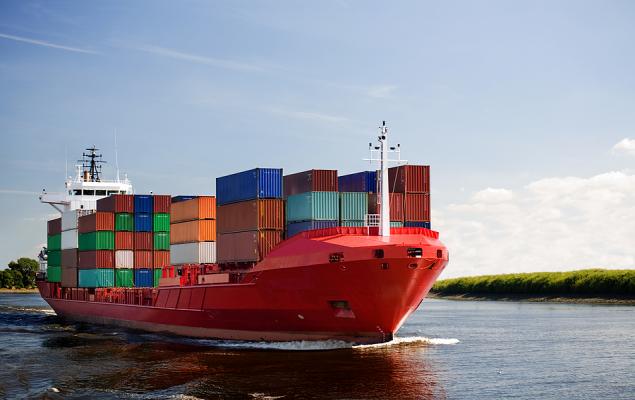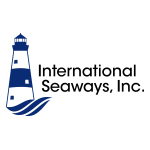
INSW
International Seaways, Inc.
$52.23
-0.74
(-1.4%)
| Exchange: | |
| Market Cap: | 2.58B |
| Shares Outstanding: | 29.157M |
About The Company
| Sector: | Energy | |||||
| Industry: | Oil & Gas Midstream | |||||
| CEO: | Lois K. Zabrocky | |||||
| Full Time Employees: | 2899 | |||||
| Address: |
|
|||||
| Website: | https://intlseas.com |
International Seaways, Inc. owns and operates a fleet of oceangoing vessels for the transportation of crude oil and petroleum products in the international flag trade. It operates in two segments, Crude Tankers and Product Carriers. As of December 31, 2021, the company owned and operated a fleet of 83 vessels, which include 12 chartered-in vessels, as well as had ownership interests in two floating storage and offloading service vessels. It serves independent and state-owned oil companies, oil traders, refinery operators, and international government entities. The company was formerly known as OSG International, Inc. and changed its name to International Seaways, Inc. in October 2016. International Seaways, Inc. was incorporated in 1999 and is headquartered in New York, New York.
Click to read more…
Revenue Segmentation
EPS
Earnings Call
Income Statement
(* All numbers are in thousands)
Balance Sheet
(* All numbers are in thousands)
Cash Flow Statement
(* All numbers are in thousands)
Analyst Estimates
(* All numbers are in thousands)







